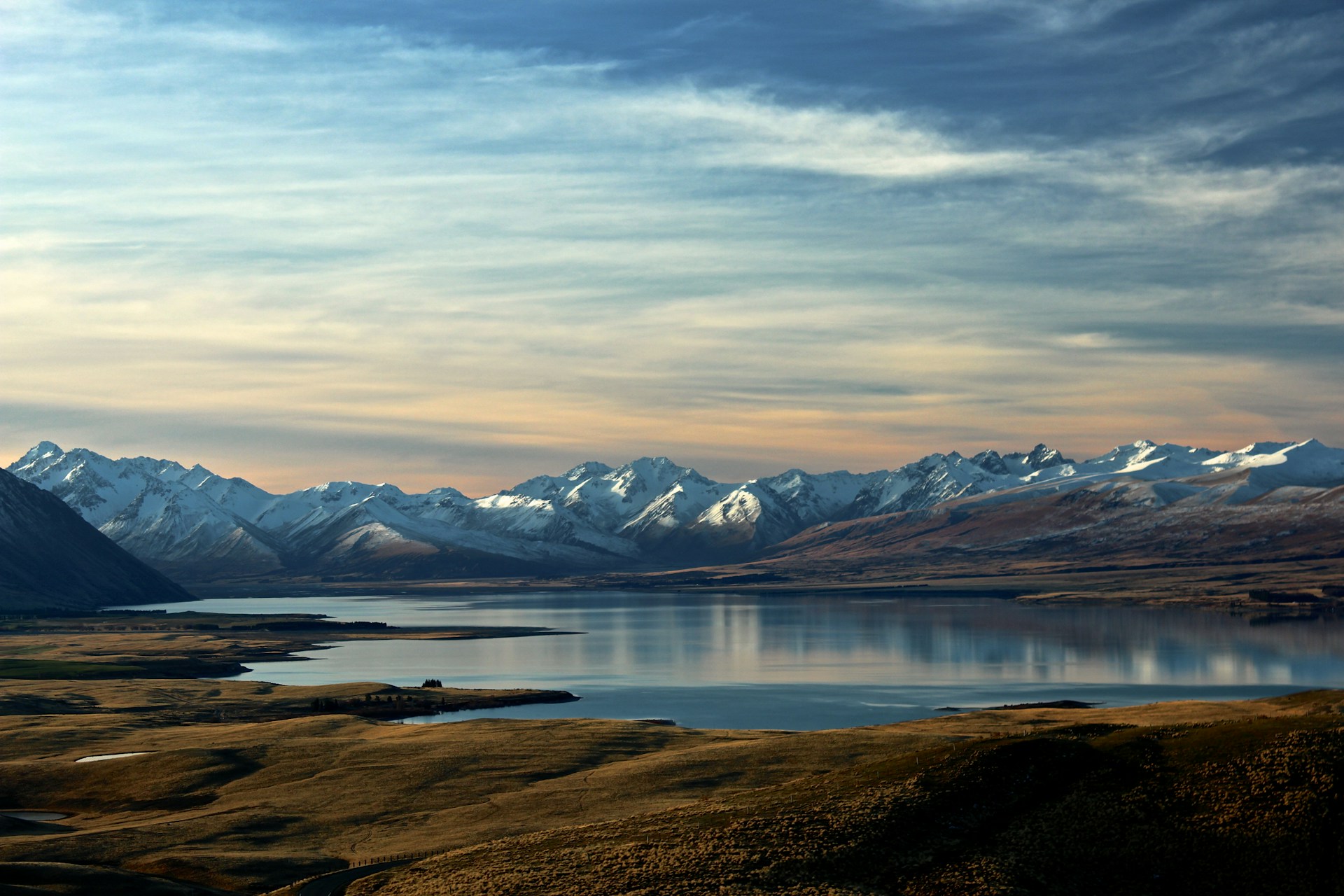Nearly 60,000 acres treated across 10 U.S. forests & grasslands in Montana, Idaho and Dakotas
Missoula, Mont., December 12, 2023 — As wildfire season slowed and seasonal rains arrived in early September, firefighters across the USDA Forest Service’s Northern Region forests and grasslands in Montana, Idaho and the Dakotas turned their attention to prescribed burning operations.
Prescribed fires are low intensity fires, carefully planned and ignited by trained personnel to remove excess fuels such as vegetation and dead and downed wood that would enable future wildfires to burn hotter and longer.
“Prescribed Fires are an important tool for us to use, together with our partners, to help restore ecosystems,” said Leanne Marten, Regional Forester.
By utilizing prescribed fires, Forest Service units are working to improve forest health by:
- minimizing the spread of invasive insects and disease,
- removing unwanted species threatening native species,
- improving wildlife habitat,
- recycling nutrients back into the soil,
- promoting the growth of native trees, wildflowers and other native flora and fauna,
- removing built-up hazardous fuels to decrease the risk of catastrophic wildfires.
Approximately 60,000 acres of prescribed fire was conducted in a safe and efficient manner across the region. Air quality is a significant value that is considered by land managers during every phase of a prescribed fire, from planning and mitigation to day-of implementation. Prescribed fires may be postponed due to air quality or weather, or lighting operations ceased at an early point in the day, so that smoke can more readily disperse during the afternoon and evening hours.
As winter weather sets in, the region is shifting its focus to burning thousands of acres of hand and machine created piles.
“These piles were previously created from a variety of forest management activities designed to reduce the amount of fuel on the ground and contribute to forest health,” said Gabe Dumm, Regional Fuels Program Manager. “Piles are burned when there is sufficient snow or moisture on the ground so that fires will not spread.”
Prescribed burning and pile burning are a critical piece to the fuels program and are essential to restoring fire-adapted ecosystems. In the Northern Region, fire plays an important role on the landscape. As part of the agency’s nationwide Wildfire Crisis Strategy, the Forest Service will continue to work with Tribes, partners and communities to expand this work in the coming years, improving forest health and reducing wildfire risk.



